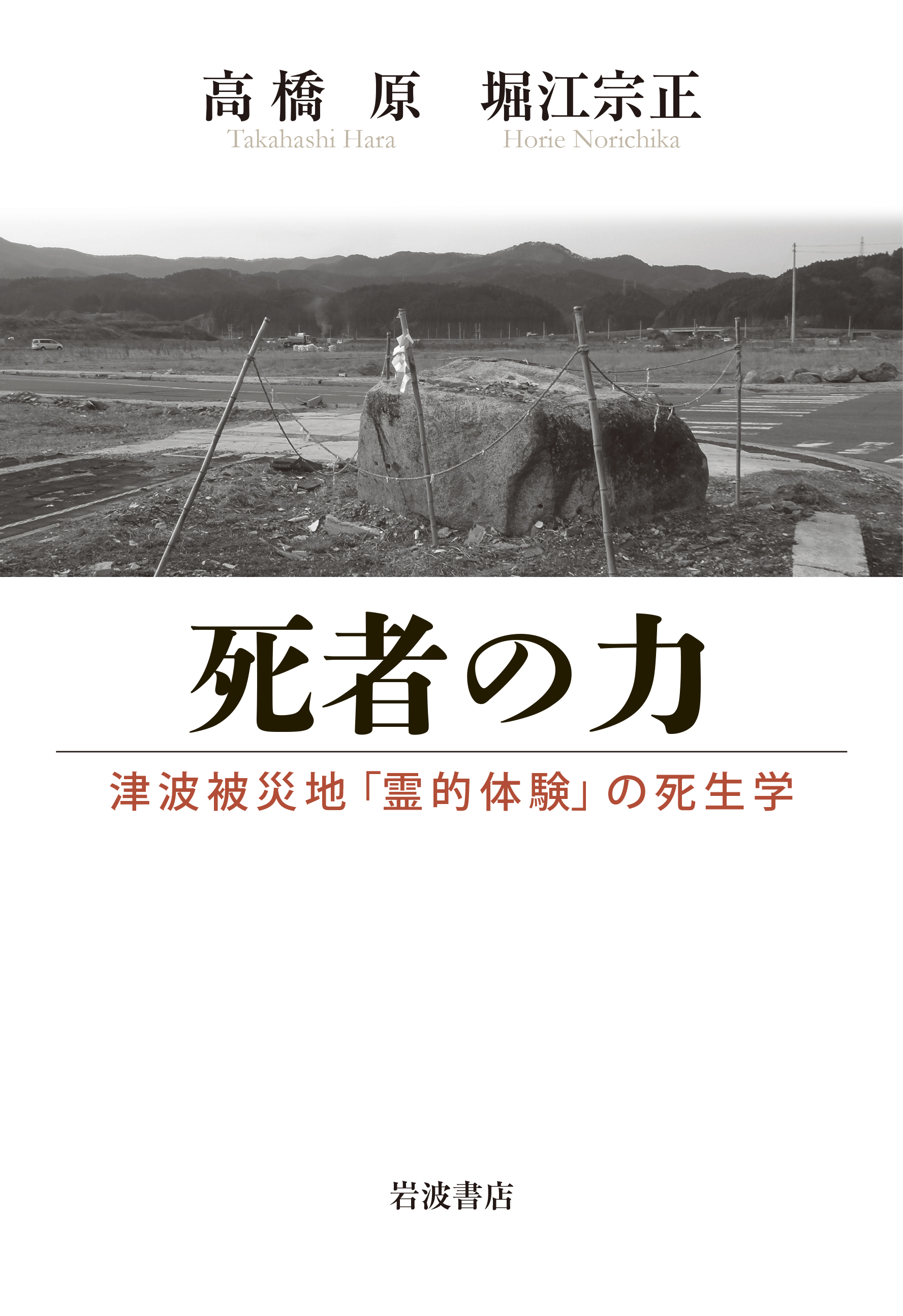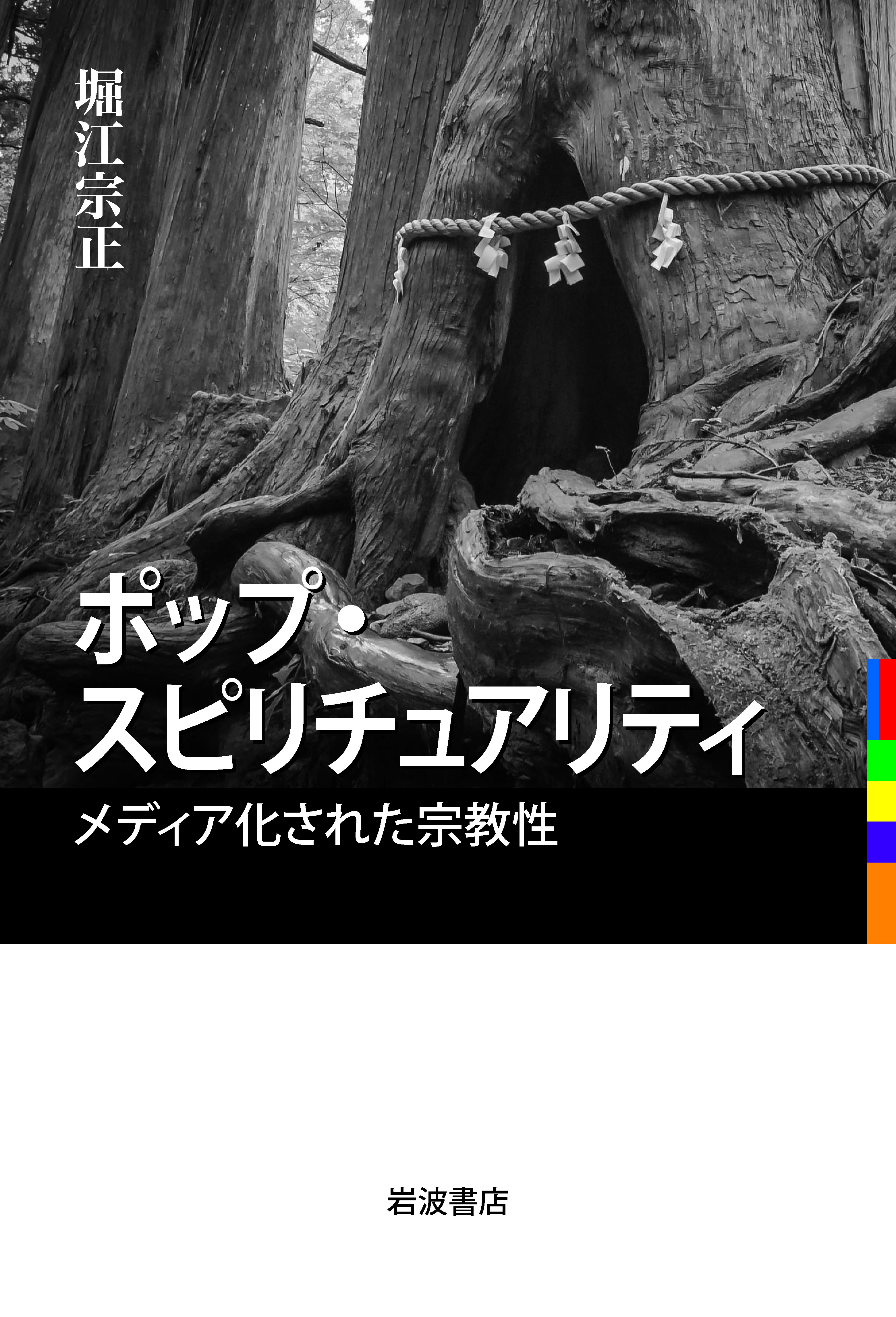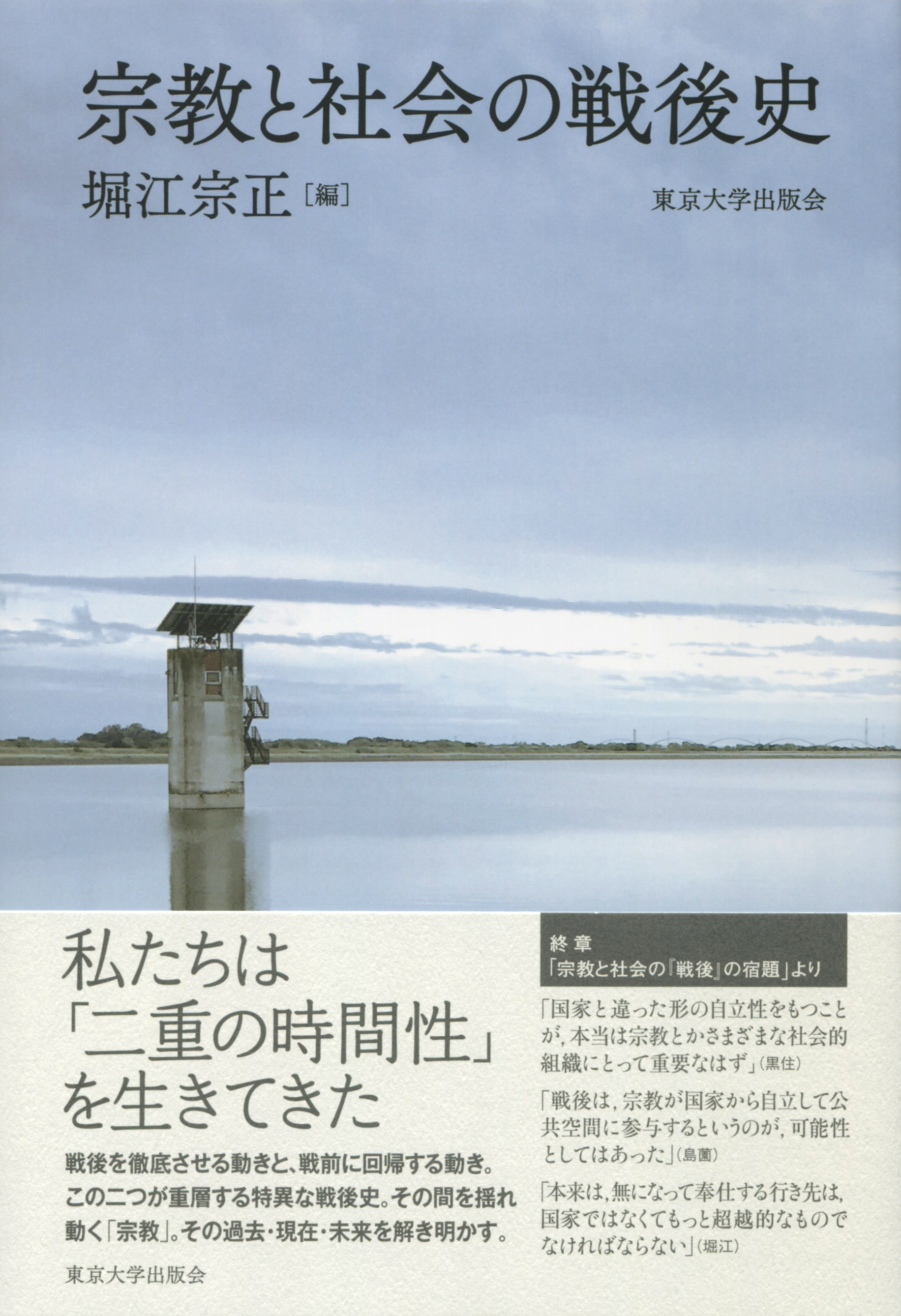
Title
Shisha no Chikara (The Power of the Dead - Death Studies of 'Spiritual Experiences' in Tsunami Affected Areas)
Size
348 pages, 128x188mm, softcover
Language
Japanese
Released
September 10, 2021
ISBN
9784000614894
Published by
Iwanami Shoten
Book Info
See Book Availability at Library
Japanese Page
1. About this book
The Power of the Dead: Death Studies of 'Spiritual Experiences' in Tsunami Affected Areas is a scholarly book that focuses on the experiences of 'spirits' that are often talked about in the areas affected by the Great East Japan Earthquake. Co-author Hara Takahashi and I have been colleagues since our postgraduate days in the Department of Religious Studies, and we have in common that we both studied psychology of religion before moving on to research on spiritual care and spirituality. The book is based on interviews with residents of the disaster areas and religious specialists, and each chapter asks and answers the following questions.
Chapter 1: "The Power of Stories: Why are people drawn to spiritual experiences in the disaster area?"; Chapter 2: "The Power of Ritual: How did religious specialists deal with spiritual experiences in the disaster area? (above, written by Takahashi); Chapter 3: "The Power of Bonds: How are survivors supported by their bonds with the deceased?"; Chapter 4: "The Power of Community: Why were there regional differences in spiritual experience?"; Chapter 5: "The Power of Faith: How did people of faith from outside the affected areas view the spiritual experiences?
Through these chapters, the content of the book approaches the 'power of the dead'. And the 'dramaturgy of reconciliation and solidarity' is found in the narratives and dialogues, in which what was initially seen as a threatening force for the living activates the power of the living to live with the dead, once the commonality between the dead and the living is discovered.
Spiritual experiences in disaster-affected areas have been described as 'ghost stories' or 'ghost experiences', and there are many books compiling various stories. However, we attempted a social research approach, making full use of questionnaires and interviews. We also focused on how religions and religious specialists dealt with spiritual experiences and related our findings to theories of religious studies and death studies.
2. Academic significance
The academic significance of the study is that it is based on religious studies, death studies and the psychology of religion, and that it makes a theoretical contribution to these fields. First, I classified spiritual experiences into familiar and unfamiliar spirits, and discussed how they correspond to the typologies of second-person and third-person death, as well as ancestors and neglected spirits. I then pointed out that in local communities where unfamiliar spirits are can be included within familiar spirits, the division between the dead and the living, the division within the community and the mental distress of the inhabitants are alleviated. Relating this to the 'continuing bond' with the dead in grief research, I suggested a modification that it is more akin to solidarity than to a bond. I also pointed out that the idea of spirit is understood as what we might call a 'narrative reality' rather than a material one, and related this new concept to existing theories in the psychology of religion and philosophy.
3. Social Significance:.
Needless to say, the Great East Japan Earthquake was a major event that shook Japanese society. In the early days after the disaster, it was considered taboo to conduct research from the perspective of religious studies in the affected areas, on the grounds that it would hurt the feelings of the survivors. However, as I worked as a volunteer with people in the affected areas providing material and psychological support, I realised that some survivors were eager to share their spiritual experiences with me, a scholar of religion. I myself am not a religious specialist, nor am I a specialist in psychology or psychiatry. In this book, as a religious studies scholar, I concentrate on describing how the religious specialists involved in assisting the survivors had dialogues with them about the spirits, and how they narrated their stories. As a result, it became clear that the spiritual experiences were merely a trigger, and that through talking about them, or being troubled and seeking rituals from religious people, or coexisting and warming bonds with 'spirit', the 'power of the dead' is represented, the 'power of the living' is activated and solidarity between the dead and the living is formed, including with religious specialists from the outside. According to Keisuke Sato, who reviewed the book, it suggests 'the possibility of social grief care'.
This book shows how the living can be supported through their relationship with the dead. This will be of great significance not only to the areas affected by the earthquake and tsunami, but also to urban dwellers living in a society with numerous deaths, where the problem of unrelated and lonely deaths is becoming an issue. Can our society include those who die socially isolated and neglected, as if they were the nearest deceased? If this were possible, would it not be a comfortable society that would also include those who live in isolation?
Reference: Norichika Horie, 'Continuing bonds in the tōhoku disaster area: locating the destinations of spirits', Journal of Religion in Japan 5 (2-3), 199-226.
(Written by HORIE Norichika, Professor, Graduate School of Humanities and Sociology / 2023)
Table of Contents
Chapter 2: "The Power of Ritual: How did religious specialists deal with spiritual experiences in the disaster area? (above, written by Takahashi)
Chapter 3: "The Power of Bonds: How are survivors supported by their bonds with the deceased?"; Chapter 4: "The Power of Community: Why were there regional differences in spiritual experience?"; Chapter 5: "The Power of Faith: How did people of faith from outside the affected areas view the spiritual experiences? (above, written by Horie)
Related Info
Sato Keisuke, Grief Care; Taniyama Yozo, Spiritual Care Kenkyū; Shimazono Susumu, Shūkyō Kenkyū; Miyazawa Aki, Shūkyō to Shakai; Kamata Toji, Shūkan Dokushojin; Kanabishi Kiyoshi, Tosho Shimbun; Wakamatsu Eisuke, Bunshun Online; Kato Kiyofumi, Yomiuri Shimbun; Kahoku Shimpo, Kirisuto Shimbun, Okinawa Times, and others.



 Find a book
Find a book



